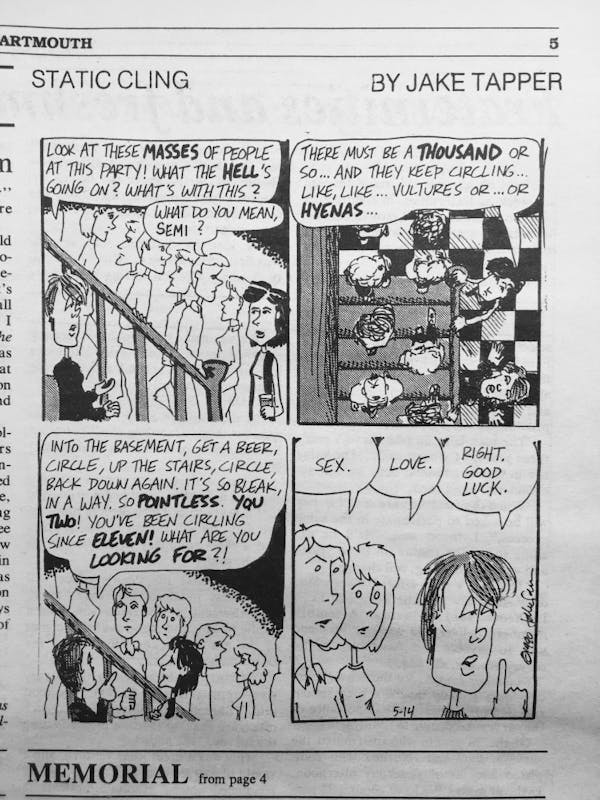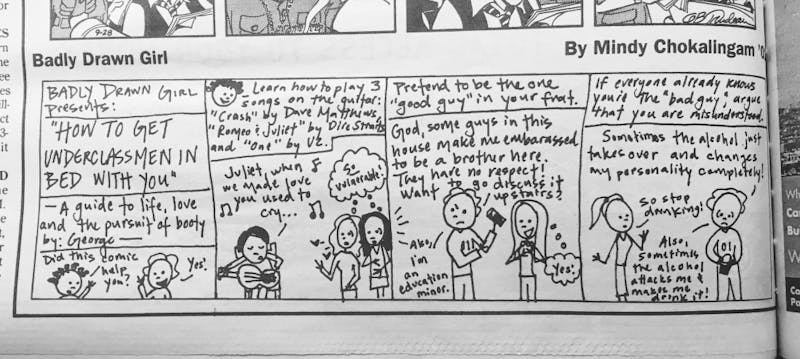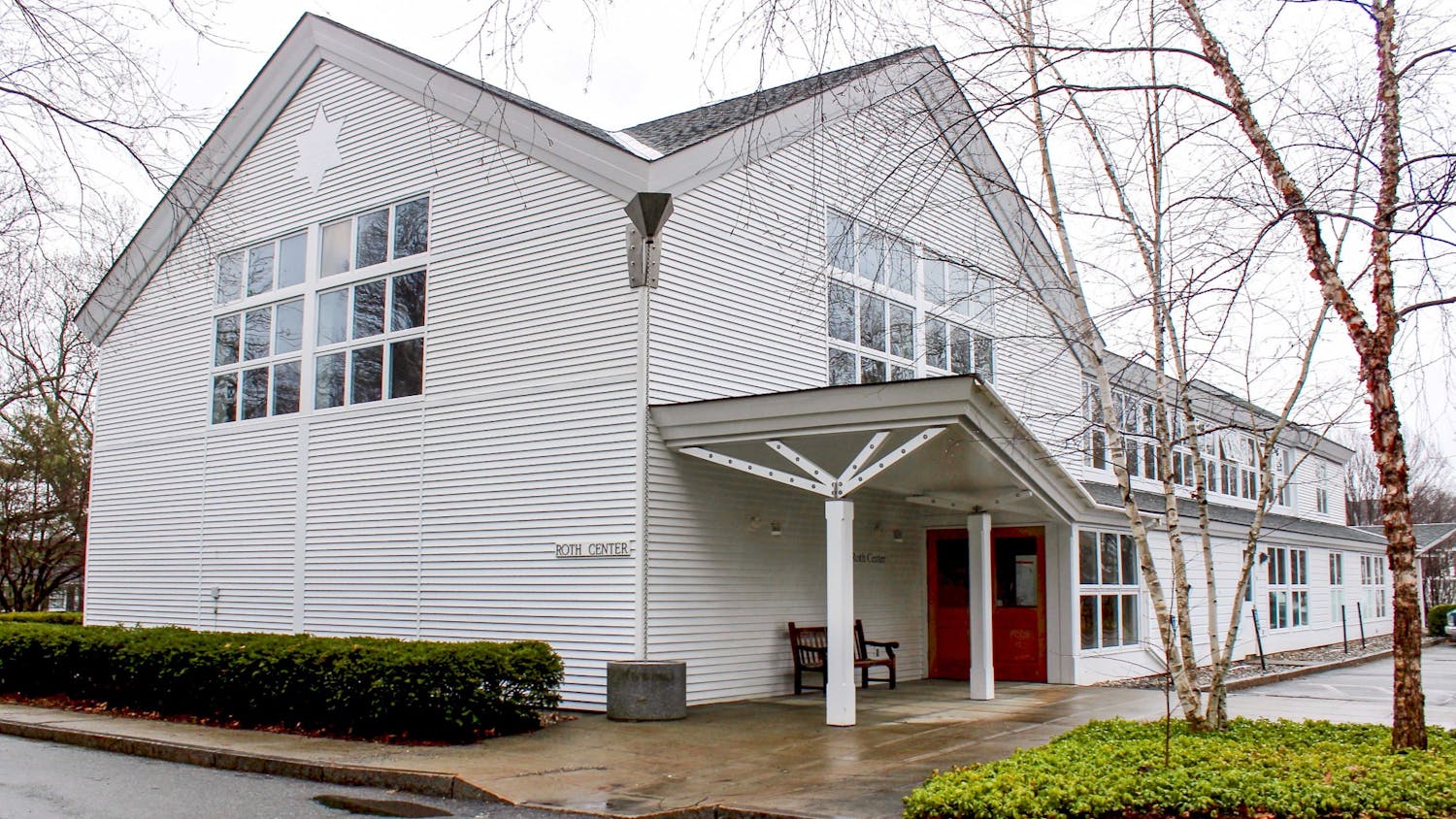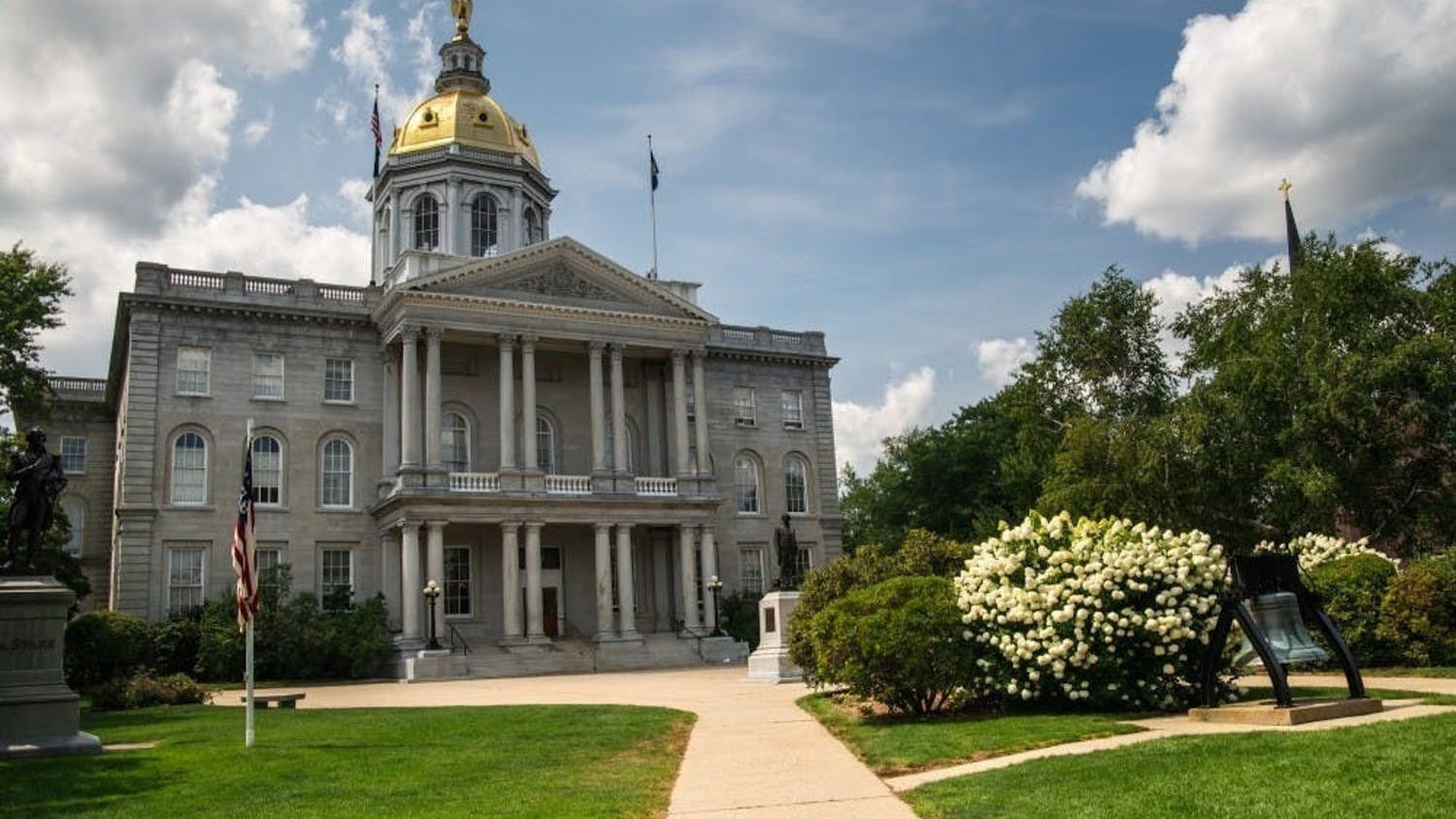For many, newspaper comics may conjure childhood memories of Sunday mornings with the funnies. The appeal of comics, however, extends to audiences of all ages. For Dartmouth students, student-made comics can offer relatable snapshots of campus life.
English professor Michael Chaney specializes in visual culture studies and asserts that the simplicity of comics ias the key to their power and relatability.
“[Comics critic] Scott McCloud argues that our visual understanding of other objects is very clear, but our internal visual understanding of ourselves is necessarily vague,” Chaney said.
Chaney describes the power of using comic strip characters, like Charlie Brown, to enable conversation about larger, more serious issues, but in an approachable format.
“For McCloud, it is the kind of simplicity that reminds us of our own internal self-conceptualization, so we are tricked by the simplicity of the form into greater leaps of identification with others,” Chaney said.
Chaney is a big proponent of student-produced comics and tries to give students in his classes opportunities to create their own.
“I’ve only ever been impressed with the work that students created when asked to make their own,” Chaney said. “It’s a new medium, it presents new ways for seeing and engaging with the world, and I think Dartmouth students are just so clever and so inclined that if you show them how the form works a little bit, they just will master the form. It’s really kind of amazing to witness, and I get to witness it over and over again.”
In The Dartmouth, student creations have run alongside syndicated comics like “Calvin and Hobbes,” “Doonesbury” and “The Far Side.” Others in the College humor magazine, The Jack-O-Lantern, stand on their own. While these publications do not always have active student cartoonists, their lists of former cartoonists include some notable names. Below are comics from The Dartmouth and The Jack-O-Lantern found in the publications’ archives held in Rauner Special Collections Library.

Theodor Seuss Geisel '25
Geisel drew comics for The Jack-O-Lantern during his time at Dartmouth. Geisel also served as the humor magazine’s editor-in-chief. It was in the Jack-O-Lantern that Geisel debuted his pen name, “Seuss.” Geisel used the name to continue to contribute to the publication when he was removed from his position as editor after being caught sharing a pint of gin with friends at a dorm party in the Prohibition era.
Geisel’s cartoons for The Jack-O-Lantern are accompanied by humorous captions rather than the charming rhymes he would later be known for but are an enlightening look at the early days of the famed children’s book author’s art.
Steve Kelley '81
In his time at Dartmouth, Kelley created political cartoons for both The Dartmouth and The Dartmouth Review.
Kelley is the co-creator of the syndicated comic strip “Dustin.” His political cartoons have appeared in numerous publications including Time, Newsweek, Forbes, Playboy, The Chicago Tribune, USA Today, The New York Times, The Los Angeles Times and The Washington Post. Kelley’s work has won him numerous awards, including the National Headliner Award, the Los Angeles Press Club Award and six first-place California Newspaper Publishers Association awards. He was designated as one of Dartmouth’s Montgomery Fellows in 2008.

Jake Tapper '91
CNN anchor Tapper’s “Static Cling” addressed campus controversies like when a Mein Kampf quote replaced The Dartmouth Review’s header and sparked widespread student protests, as well as national political stories. The strip also took an often cynical look at campus life through the eyes of a handful of characters.
Tapper earned his Bachelor of Arts in history, modified with visual studies from Dartmouth. He later drew and wrote Roll Call’s political comic strip, “Capitol Hell,” from 1994 to 2003. Today, Tapper continues his cartooning in “State of the Cartoonion” segments on his show, “State of the Union with Jake Tapper.”

Mindy Kaling '01
Kaling created “Badly Drawn Girl” for The Dartmouth. Developed before Kaling shortened her name, the strip began running during the creator’s junior year.
The strip followed the life of Badly Drawn Girl and her friends, including her love interest, Poorly Rendered Boy; Claire, bubbly rush chair of her sorority; Moira, the cynical goth; Pauly, the crunchy-granola Dartmouth Outing Club devotee; and George, business manager of his a capella group and wanna-be Casanova. Kaling covered everything from frat dogs to foreign study programs, and the biting wit of her early 2000s strip remains relevant to Dartmouth today.
The actress, comedian and writer majored in theater, despite initially planning on a classics major. During her time at Dartmouth, Kaling was a member of improv troupe Dog Day Players and a capella group the Rockapellas, as well as a writer for The Jack-O-Lantern.



